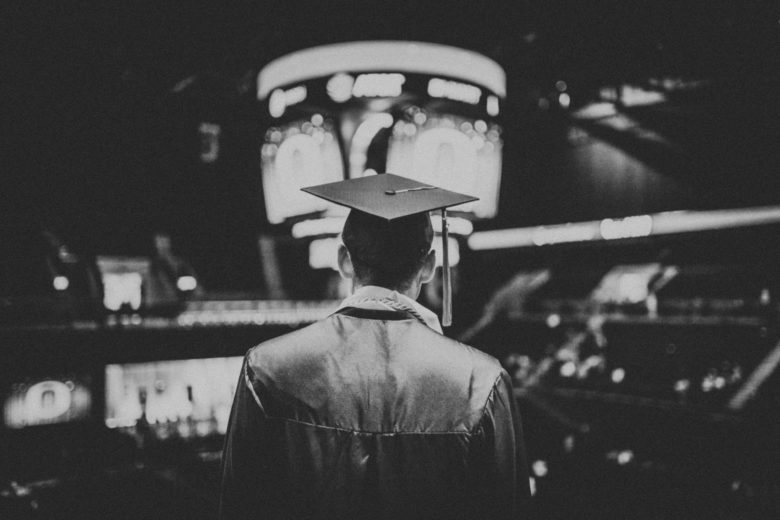The Educational Gains — and Losses

Within academia, specifically higher education progress can be seen. According to Georgetown University researchers Anthony P. Carnevale and Megan L. Fasule, “the share of Latinos who had obtained at least some post-secondary education increased from 35% to 45 % between 1992 and 1996.” Latino students are also racing to catch up, completing high school and enrolling in college at rates close to their share of the population.
However, while overall educational attainment increased, so did the gap with other ethnic groups. Carnavale and Fasule write that in 1992, Latinos were 23 percentage points behind Whites and 10 percentage points behind Blacks. In 2016, they were 29 percentage points behind Whites and 21 percentage points behind Blacks. Within the community, the gap is no better between genders. In 2016, 22 % of Latina women, 25- 29, had a bachelor’s degree, compared to 16% of Hispanic men.
Latino men struggling to complete high school and college impacts what they earn but also changes the opportunities that can steer them away from criminal activity and detention. Nearly three-quarters of federal inmates (71.4%) are either of African American (37.6%) or Latino descent (33.8%). Collectively both groups only make up 21.3% of the U.S. population.
